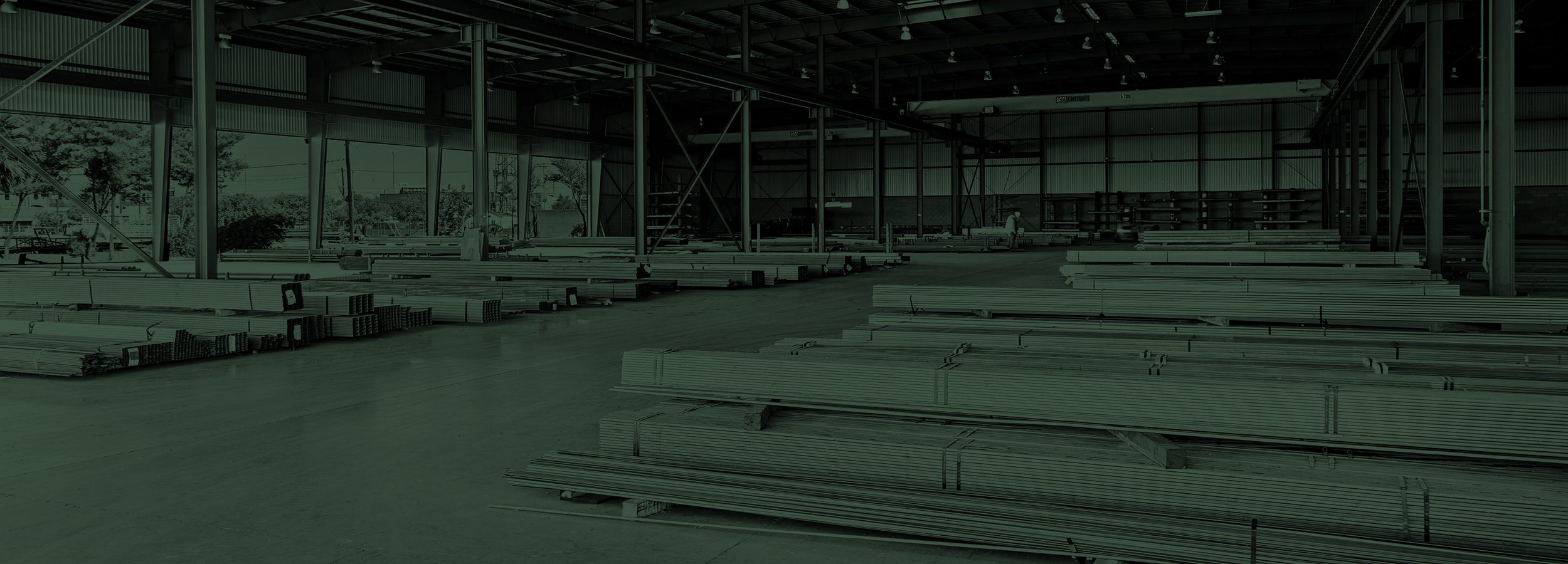How Was the Statue of Liberty Built?

The Statue of Liberty was built primarily out of cast iron and copper sheeting. The design for the statue was created by sculptor Frédéric Auguste Bartholdi and engineer Alexandre-Gustave Eiffel in France in the 1870s. Eiffel built the inner armature from cast iron, a metal strong enough to support the enormous monument. Bartholdi chose copper for the statue’s exterior, because its lightweight properties would allow the colossal sculpture to be shipped across the Atlantic Ocean.
The Iron Skeleton
Eiffel designed a central framework consisting of a massive puddled-iron pylon. This cast iron spine contains a double-helix stairwell and is supported by four legs joined with nine levels of horizontal struts and diagonal cross braces. On top of the spine sits a skeletal framework of more than 1300 iron bars—almost a mile of iron bars 2” wide and 5/8” thick, weighing about 20 pounds each. In total, Eiffel used 250,000 pounds of puddled-iron to construct the massive metal structure that formed the skeleton of the Statue of Liberty.
The Copper Skin
To create the exterior of the statue, Bartholdi employed the repoussé sculpting technique. This method of hammering thin sheets of copper into molds and then attaching the molded pieces to a wooden armature allowed Bartholdi to construct a sculpture that was huge, yet relatively light in weight. The malleability and light weight of copper made it possible to ship such a massive statue from France to the United States. Bartholdi used 80 tons of 1/4” copper sheeting hammered to a mere 3/32” thick to sculpt the Statue of Liberty.
Some Assembly Required
Both the iron skeleton and copper skin were constructed in multiple components. Building the Statue of Liberty out of smaller parts solved several engineering dilemmas. Besides the technical difficulty of disassembling and shipping such a large statue across the Atlantic Ocean, its designers also had to consider the site-specific requirements of permanently erecting a 305-foot tall statue.
Building the Statue of Liberty in multiple components facilitated the process of deconstructing the statue for shipment and then reassembling it at its permanent site. Construction began in France in 1876, and the statue was assembled and completed in Paris in 1884. After its presentation, the statue was disassembled and packed into 214 crates, then shipped to the United States in 1885 on the French frigate Isere. After work on the supporting pedestal was completed in 1886, the statue was quickly reassembled.
Bartholdi chose Bedloe’s Island, now known as Liberty Island, as the location for the statue’s permanent site because of its proximity to New York Harbor. The harbor’s fierce winds, however, presented another engineering challenge. Strong winds could potentially knock over a structure so large, but because the Statue of Liberty is made of multiple components, the copper skin can move independently from its iron skeleton. The statue’s moving parts allow it to sway in strong winds, and prevent the statue from toppling in a storm.
Contact us
The experts at Arizona Iron Supply can answer all of your questions about using metal in your next project. We have been supplying the iron fabricators of the western United States since 1977. We specialize in high quality ornamental iron, castings, hardware, steel and steel tubing, and offer plasma cutting services as well. Call us at 1-800-528-9875 or visit our warehouse in Phoenix to learn more.
Photo by Andrea Leopardi on Unsplash




